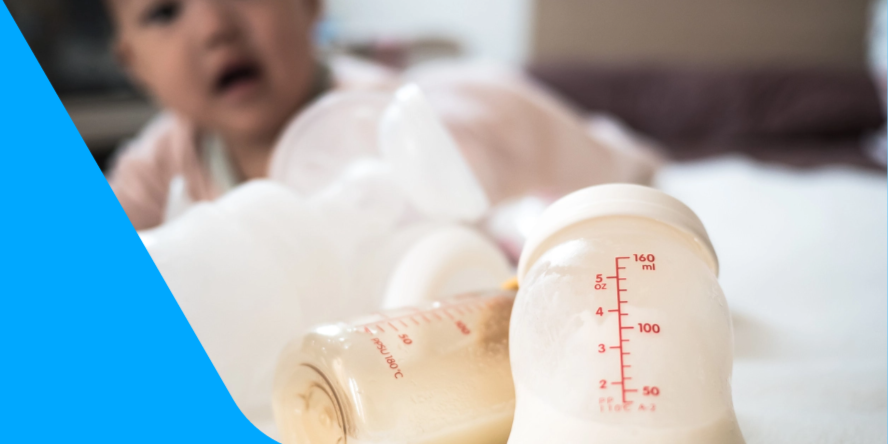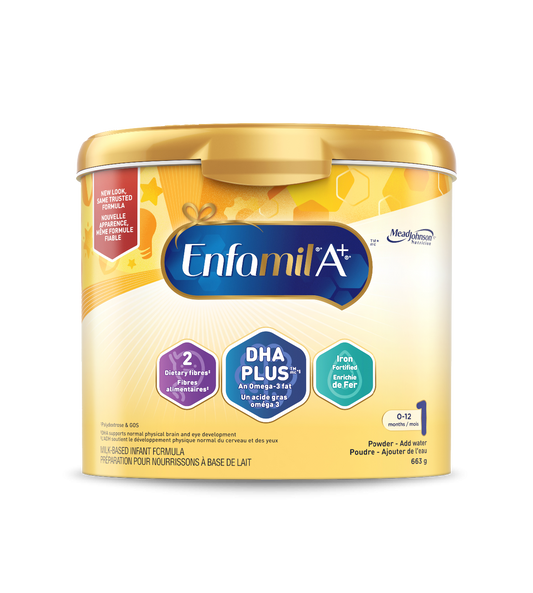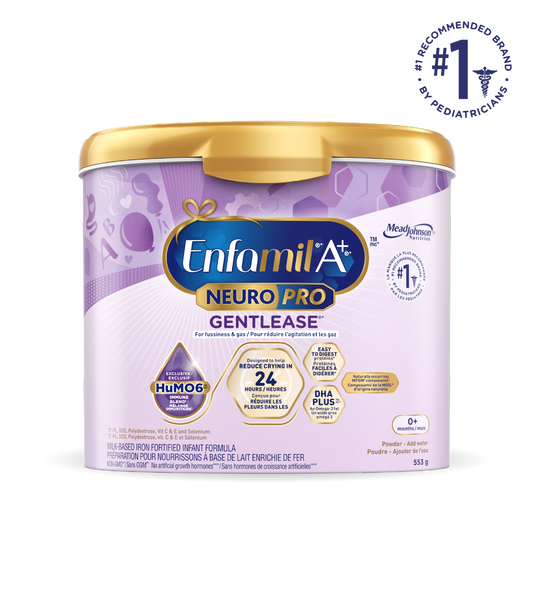Weaning is a natural part of breastfeeding. Here's what you need to know about bottle feeding and weaning:
Determine when your baby is ready
Sometimes babies lose interest in breastfeeding on their own when they become interested in other newfound skills such as walking. Your baby will let you know. It is recommended to not wean your child during times of potential stress or change, such as moving or starting a new child-care situation.
Wean gradually
Start by giving him a bottle of expressed breast milk at one feeding time per day, usually the one your baby is least interested in. Then, replace a second feeding and so on. Once he's used to the bottle, you can start moving to formula. This gradual transition will also help keep your breasts from becoming engorged.
Involve other family members
Your baby may be confused to receive a bottle from you, since you usually nurse him. Begin the transition from breast to bottle by having another family member give him the bottle. Once he accepts the bottle, it will be easier for you to feed him formula.
When choosing baby formula, choose one that is close to breast milk
Start by giving him a bottle of expressed breast milk at one feeding time per day, usually the one your baby is least interested in. Then, replace a second feeding and so on. Once he's used to the bottle, you can start moving to formula. This gradual transition will also help keep your breasts from becoming engorged.
Evaluate if he is ready for a cup
Upon weaning, older babies and toddlers can usually go right to the cup. If your baby is younger than 7 to 8 months, it is recommended to wean from the breast to a bottle and to choose a bottle nipple similar to yours to ease the transition.
Listen to your baby
Your baby will let you know when he's full. Curious about formula amounts for babies? Most babies 3 months and younger generally consume 2-4 fluid oz of formula per feeding. If he weighs more than 15 pounds, he may be able to handle 6+ fluid oz per feeding.
Learn More about Formula Feeding









